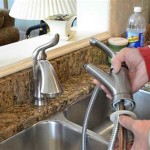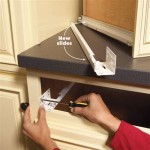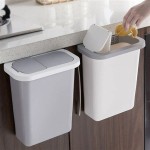Kitchen flooring is an important element of any kitchen remodel, and rubber flooring is an increasingly popular choice for homeowners. Rubber kitchen flooring is a durable, slip-resistant option for busy households, and it can also add a touch of style and sophistication to the kitchen. In this article, we discuss the benefits of rubber kitchen flooring, the different types available, and how to install rubber flooring in your kitchen.
Benefits of Rubber Kitchen Flooring
Rubber kitchen flooring offers a number of important benefits, including:
- Durability: Rubber kitchen flooring is incredibly durable and can stand up to heavy traffic and wear and tear. It is also stain-resistant, making it a great choice for families with young children.
- Safety: Rubber kitchen flooring is slip-resistant, making it an ideal choice for kitchens with wet floors. It also provides a cushioning effect, which can help reduce fatigue and the chances of slips and falls.
- Style: Rubber kitchen flooring comes in a variety of colors and styles, so you can easily find a floor that complements your kitchen’s decor.
- Easy to clean: Rubber kitchen flooring is easy to clean and maintain, making it an ideal choice for busy households.
Types of Rubber Kitchen Flooring
Rubber kitchen flooring is available in a variety of types, including:
- Sheet rubber flooring: Sheet rubber flooring is a popular choice for kitchens, as it is easy to install and comes in a variety of colors and styles. It is also incredibly durable and slip-resistant.
- Tiles: Rubber floor tiles are a great option for those looking for a more stylish and customized look. The tiles are available in a variety of sizes and colors, and they can be easily installed in any pattern.
- Rolled rubber flooring: Rolled rubber flooring is a great choice for those looking for a more affordable option. The rolls are easy to install, and they can be cut to fit any space.
Installation
Installing rubber kitchen flooring is a fairly simple process, although it is best to hire a professional if you are not confident in your DIY skills. The first step is to make sure the subfloor is even and clean, then you can install the rubber flooring using either adhesive or a floating method. Depending on the type of rubber flooring you choose, the installation process may vary slightly.
Conclusion
Rubber kitchen flooring is an increasingly popular choice for homeowners due to its durability, slip-resistance, and style. There are a variety of types of rubber flooring available, and installation is relatively straightforward. It is always best to consult with a professional before beginning any kitchen remodel, and rubber kitchen flooring can be a great choice for busy households.















Related Posts








